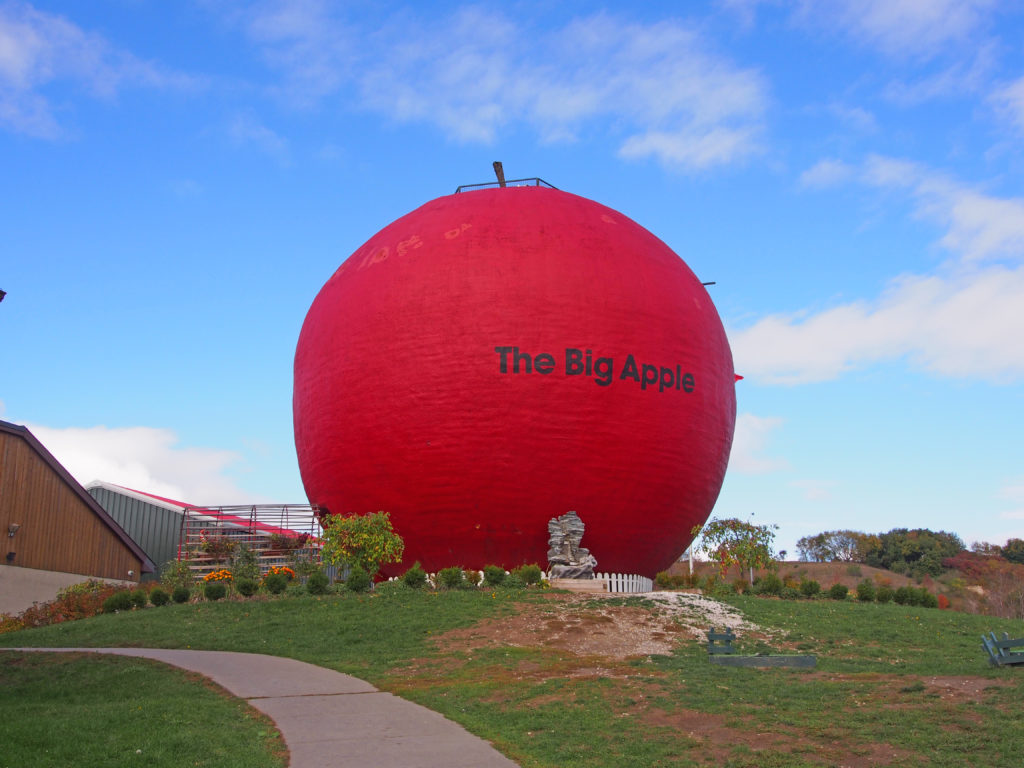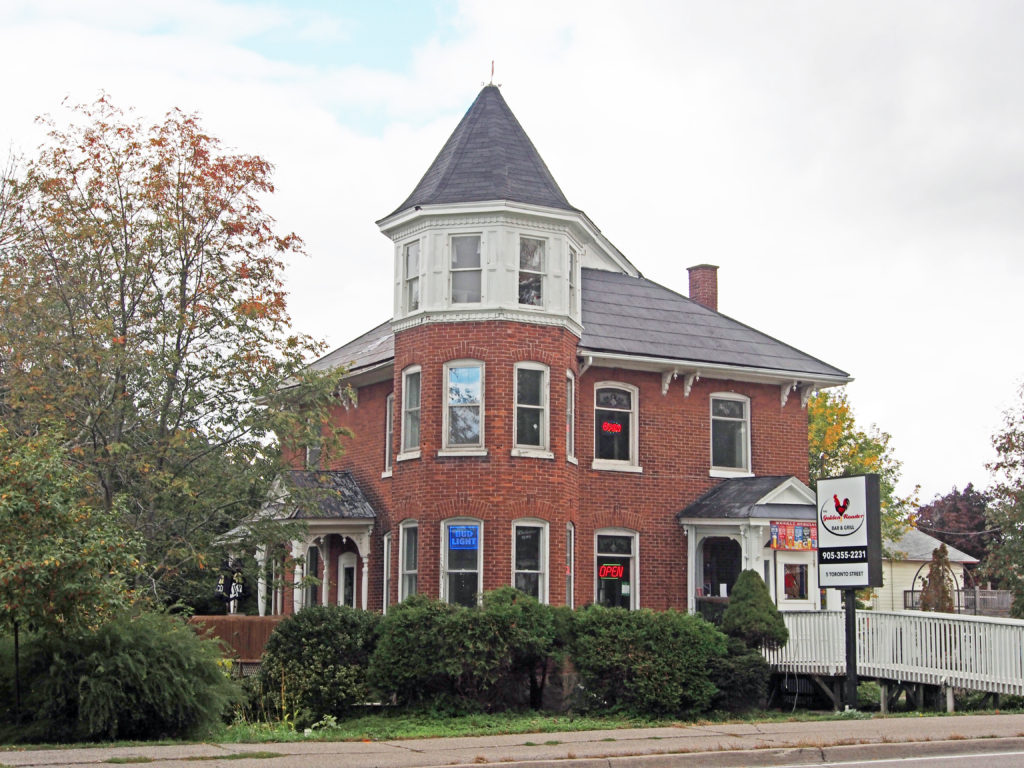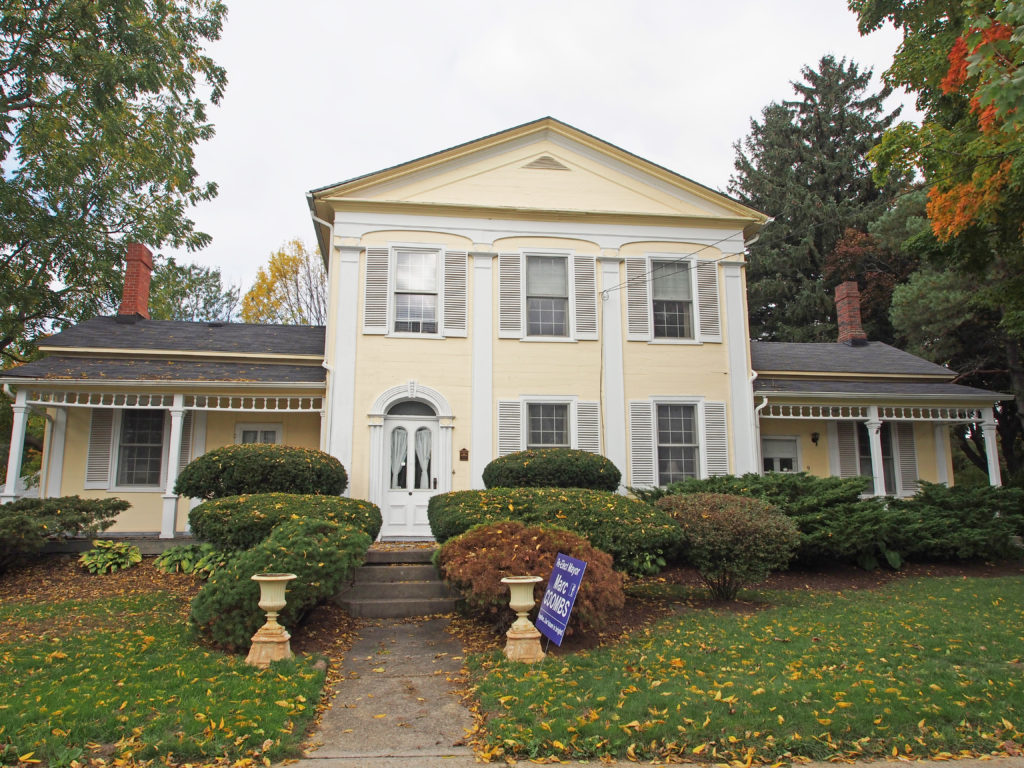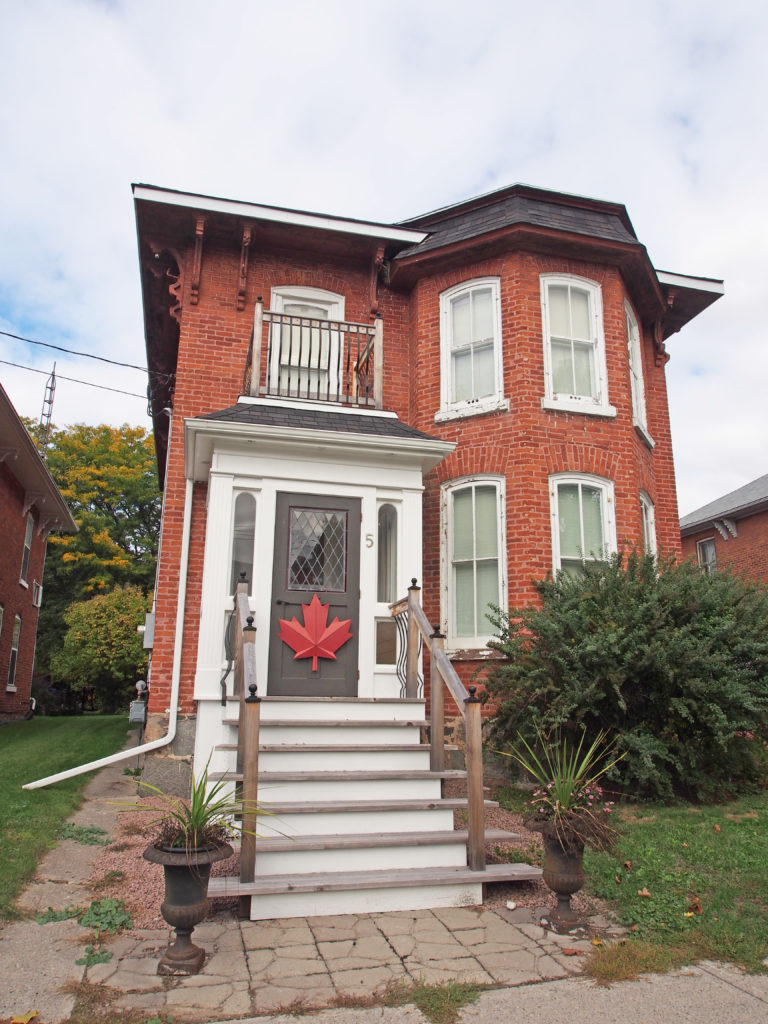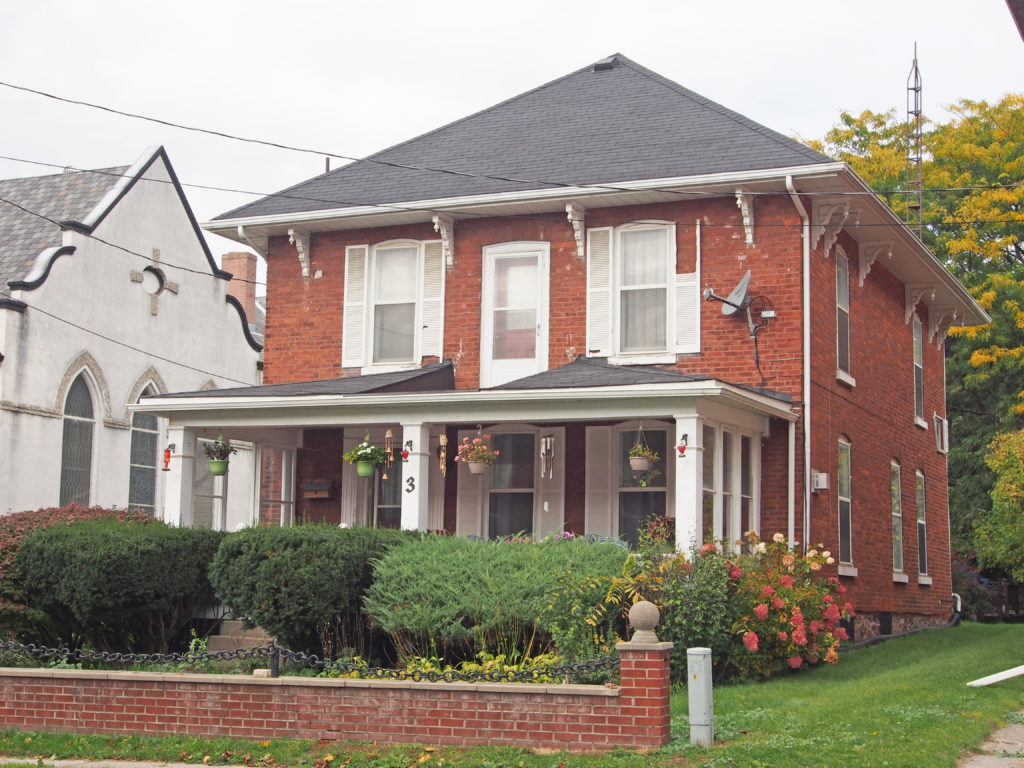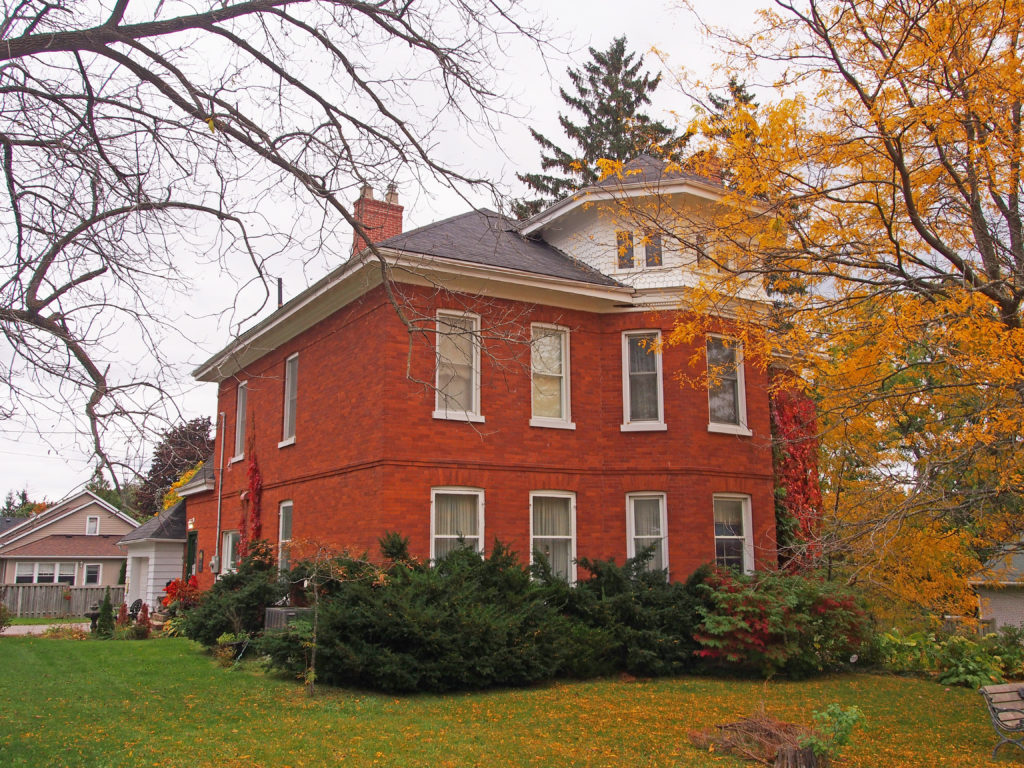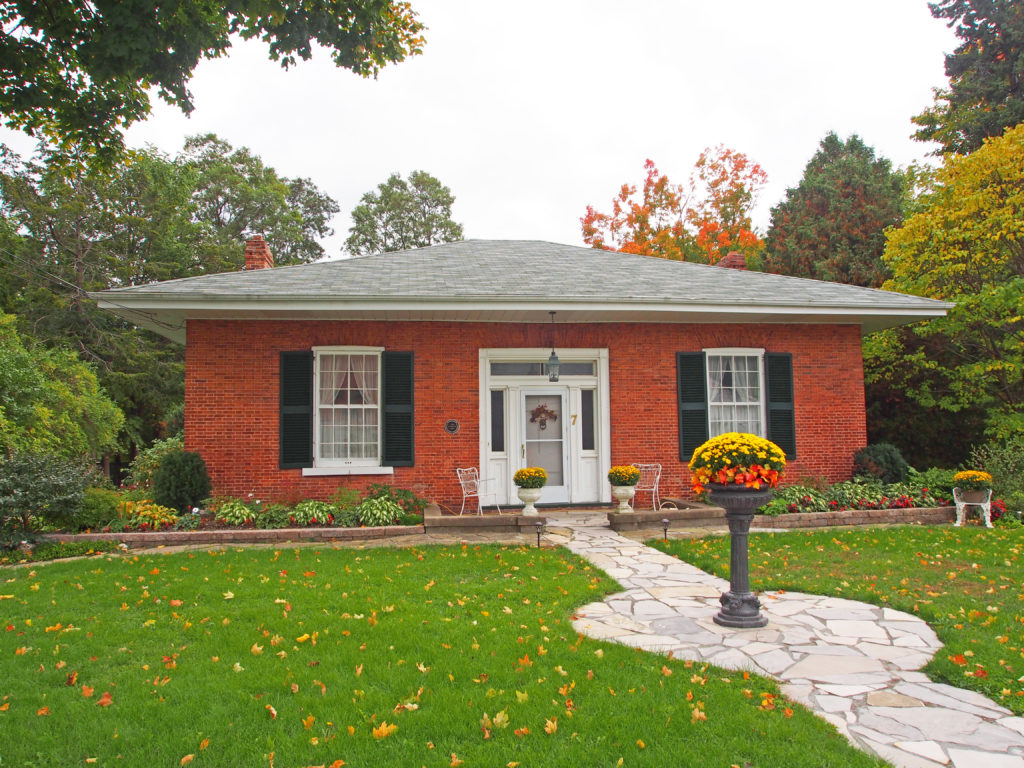Cramahe Township was established in 1792. Joseph Abbott Keeler, son of the first settler of Cramahe Township, founded the village of Colborne in 1815 when he opened the first store and post office. He had the village surveyed, laid out the public square and donated the land.
Joseph Keeler (1770-1839) was the first settler who landed on the shores of Cramahe Township with forty United Empire Loyalist families from Rutland, Vermont. Keeler, his son Joseph Abbott Keeler (1788-1855) and his grandson Joseph Keeler (1824-1881) were instrumental in establishing the settlements at Lakeport, Colborne and Castleton.
A store established in Colborne in about 1819 by Joseph Keeler provided the nucleus around which a small community began to develop. Within ten years, a distillery and a blacksmith’s shop had been erected. Colborne was named after Lieutenant Governor Sir John Colborne. With the establishment of a harbor nearby for the shipment of lumber and grain, Colborne prospered. By 1846, it contained a foundry, a pottery, six stores, three churches, tradesmen and artisans, and about four hundred residents. The arrival of the Grand Trunk Railway in 1856, spurred further growth.
In 2001, Colborne and Cramahe Township were amalgamated as part of municipal restructuring to form an expanded Township of Cramahe.
Colborne is the home of the Big Apple, a tourist attraction located along Highway 401. The Big Apple is 10.7 meters (35 feet) tall and has a diameter of 11.6 meters (38 feet) – the largest apple in the world. There is an observation deck on top of the apple, and adjacent to it is a restaurant and a store to buy all your apple treats.
King City is the largest community in King Township in York Region north of Toronto. In 1836, a settlement styled Springhill was established in King. With the arrival of the Ontario, Simcoe and Huron Railway in 1853, the settlement began to expand. In 1890, the reeve of King Township James Whiting Crossley incorporated King City by merging the hamlets of Springhill, Kinghorn, Laskay, and Eversley. King City is characterized by rolling hills and clustered temperate forests. Many lakes and ponds dot the area. Creeks and streams from King City, the surrounding area, and as far west as Bolton and as far east as Stouffville are the origin for the East Humber River.
The King Township Museum in King City is a local history museum for the township of King at 2920 King Road. The museum consists of a building which houses the majority of collections held. This building was originally built in 1861 as the site of the Kinghorn School SS #23. It was updated and expanded in 1958 and again in 1963, and purchased by the township in 1978. The King Township Historical Society established the museum in 1979 and opened it in 1982.
The village of Nobleton is located in southwestern King Township and is surrounded by hills and forests. It was named after Joseph Noble and began as a settlement in about 1812. Most of the early settlers came from England, Scotland and Ireland. There are many horse farms here. The Humber River flows through the town. Nobleton was first settled in 1812, primarily based on its location midway between King City and Bolton on the east–west route, and Kleinburg and Schomberg on the north–south route. Taverns and hotels were built to serve travelers, and general stores and a post office were built to serve the fledgling businesses.
